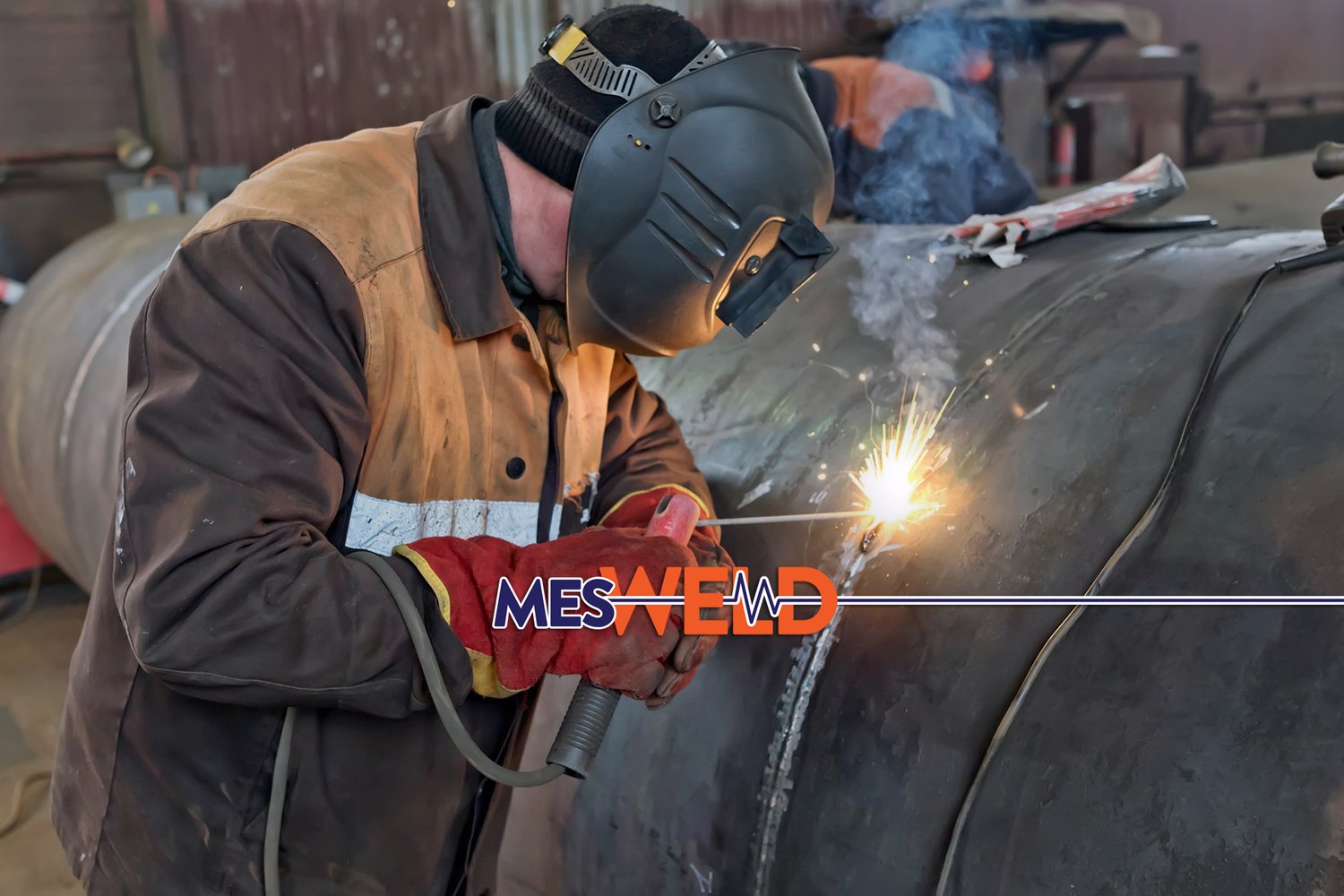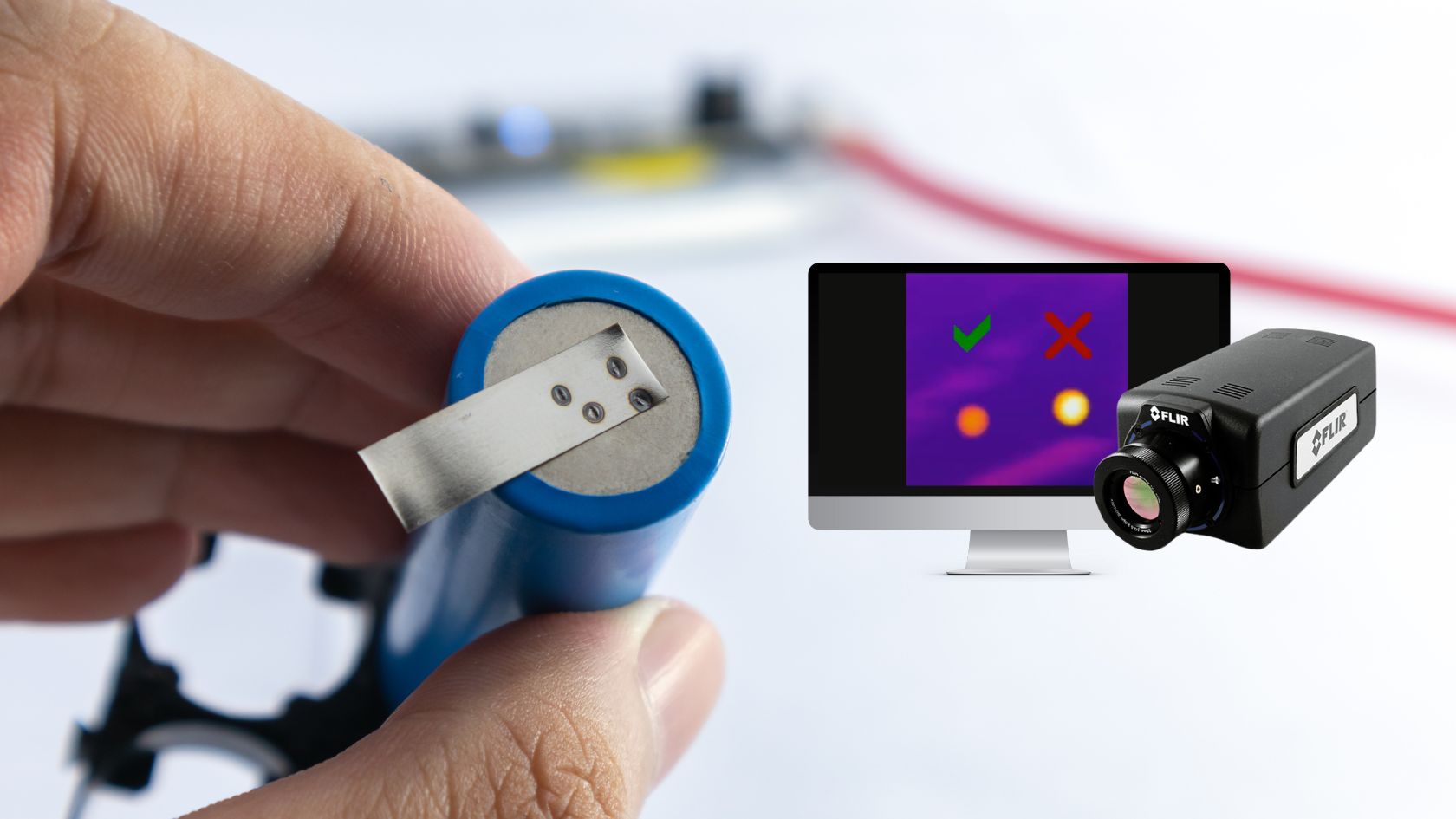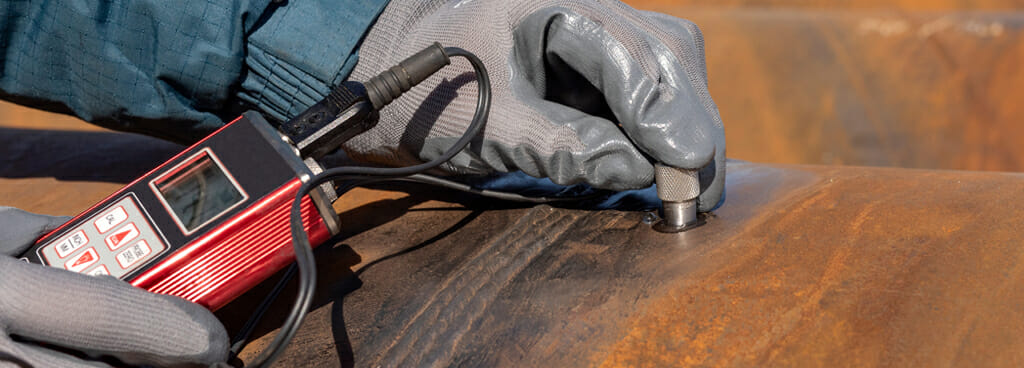How Regular Welding Inspection Madison Can Conserve You Money And Time
Comprehending the Principles of Welding Inspection to Guarantee Quality and Security
In the world of contemporary engineering, welding examination stands as a foundation for ensuring both the high quality and safety and security of architectural productions. The process includes a precise evaluation of bonded joints, employing advanced methods such as ultrasonic and radiographic screening to spot surprise blemishes. The competence of qualified assessors is essential, as they connect the space in between academic standards and useful application. Their role expands past simple discovery, encompassing the documentation and interaction of findings to pertinent stakeholders. What are the subtleties of these examination approaches that make them crucial for keeping architectural stability?

Value of Welding Examination
In the world of commercial manufacture, the significance of welding examination can not be overemphasized. Welding evaluation plays a crucial function in guaranteeing the honesty, safety, and long life of welded frameworks. Provided the varied applications of welding in sectors such as building, vehicle, aerospace, and shipbuilding, the requirement for rigid high quality control steps is paramount. Appropriate inspection makes sure that welds fulfill specified standards and codes, which is vital for protecting against structural failings that might result in disastrous effects.
The procedure of welding naturally involves intricate variables, consisting of temperature, product residential or commercial properties, and ecological conditions, every one of which can influence the high quality of the weld. A thorough examination determines defects such as cracks, porosity, and incomplete blend, which can jeopardize the stamina and integrity of the weld. By discovering these concerns early, rehabilitative activities can be taken, consequently minimizing the danger of failure and associated costs.
Furthermore, welding evaluation contributes to regulative conformity, as several sectors are governed by strict safety and security standards and guidelines. Failure to adhere to these regulations can lead to lawful liabilities and punitive damages. Ultimately, welding examination not just safeguards physical frameworks but also maintains and secures human lives sector reputations.

Secret Welding Examination Approaches
Although welding assessment is vital to making certain the high quality and safety of bonded structures, it is the particular methods employed that figure out the performance of the evaluation procedure. Trick welding evaluation methods can be generally categorized right into non-destructive screening (NDT) and devastating screening. Non-destructive screening approaches such as visual inspection, ultrasonic testing, radiographic testing, magnetic bit screening, and fluid penetrant testing are mainly utilized to evaluate the buildings of a weld without triggering damage. Aesthetic inspection is frequently the first action, involving an extensive examination of the weld's surface area for problems like splits or porosity.
Radiographic and ultrasonic screening are much more innovative techniques that permit inspectors to assess the internal integrity of the weld. Ultrasonic screening makes use of high-frequency acoustic waves to identify gaps, while radiographic testing utilizes X-rays or gamma rays to generate an image of the weld's interior. Magnetic bit screening and liquid penetrant testing are surface assessment techniques used to find surface and near-surface imperfections. On the other hand, destructive testing techniques entail literally damaging or cutting the weld to analyze its mechanical buildings. These thorough examination approaches make sure that welds satisfy industry standards and safety requirements, thus guaranteeing structural honesty and efficiency.
Role of Licensed Inspectors
Licensed assessors play a critical duty in the welding examination process, making certain that all welds conform with rigid market standards and safety regulations. Their know-how is important in recognizing flaws or abnormalities that may compromise the structural stability of a weld. By diligently taking a look at each weld, licensed assessors assist stop possible failings that might cause harmful mishaps or costly repair services.
To become qualified, examiners should go through rigorous training and testing, which acquaints them with various welding strategies, materials, and screening methods. This thorough expertise allows them to examine weld quality effectively and make informed judgments regarding their safety and reliability. Additionally, certified assessors are skillful in interpreting specifications and blueprints, ensuring that the welding work straightens with the task's style needs.
An integral component of their role is to document their findings thoroughly, offering a detailed record of the visit site evaluation process. This documents is important for traceability and accountability, working as an official document of compliance with market criteria. Certified inspectors also play an essential role in facilitating interaction between project stakeholders, offering suggestions and understandings to improve welding methods and outcomes. Their payment is crucial in preserving high levels of quality and safety and security in welding procedures.

Devices Utilized in Welding Evaluation
Welding examiners count on a selection of specialized devices to do their tasks properly, making certain each weld satisfies the required requirements. Among these tools, aesthetic inspection help like amplifying glasses and mirrors are fundamental, enabling assessors to very closely analyze welds for surface area defects such as fractures, porosity, and undercut. Calipers and fillet weld evaluates are vital for gauging weld dimensions to verify conformity with design requirements.
Advanced devices prolong beyond aesthetic help, consisting of non-destructive testing (NDT) equipment. Ultrasonic screening devices are crucial in discovering subsurface problems, using audio waves to disclose inner stoppages without endangering the weld's stability. Similarly, radiographic screening employs X-rays or gamma rays to record photos of a weld's interior, highlighting potential defects.
Magnetic fragment testing is another critical device, particularly helpful hints for identifying surface area and near-surface stoppages in ferromagnetic products. By using magnetic fields and ferrous bits, examiners can recognize defects that may or else be unseen.
Dye penetrant inspection is commonly utilized for non-ferrous products, giving a contrast-enhanced aesthetic check for surface-breaking flaws. Welding Inspection Madison. With each other, these tools make it possible for welding examiners to comprehensively analyze weld quality, making certain safety and security and dependability in various applications throughout sectors
Ensuring Architectural Integrity

Welding treatments should stick to established requirements and codes, such as those specified by the American Welding Society (AWS) or the International Organization for Standardization (ISO) These guidelines make sure that the welds can hold up against ecological elements and operational tensions. Certified and accredited welders play a vital function in this procedure, as their knowledge makes sure that strategies are applied properly, decreasing issues such as splits, porosity, and insufficient blend.
Post-weld examination is one more essential component of verifying architectural stability. Non-destructive screening (NDT) techniques, consisting of ultrasonic testing and radiographic testing, are employed to identify subsurface imperfections without jeopardizing the bonded structure. These examinations confirm that the welds meet the needed top quality standards, supplying assurance of their longevity and dependability. Inevitably, making sure architectural integrity in welding not just safeguards human lives but likewise secures financial investments and enhances the longevity of crafted frameworks.
Verdict
The fundamentals of welding examination are vital for preserving the high quality and safety of bonded structures. The use of specialized devices further boosts the evaluation procedure, ultimately securing human lives and prolonging the life-span of welded buildings.
Welding inspection plays an important role in making sure the honesty, security, and longevity of welded frameworks.Although welding inspection is important to ensuring the high quality and safety and security of welded structures, it is the certain methods their website utilized that figure out the performance of the evaluation procedure. Trick welding inspection techniques can be generally classified into non-destructive testing (NDT) and harmful screening.Qualified inspectors play a critical function in the welding assessment procedure, ensuring that all welds comply with strict market criteria and safety and security regulations.The fundamentals of welding evaluation are vital for preserving the high quality and safety and security of bonded frameworks.